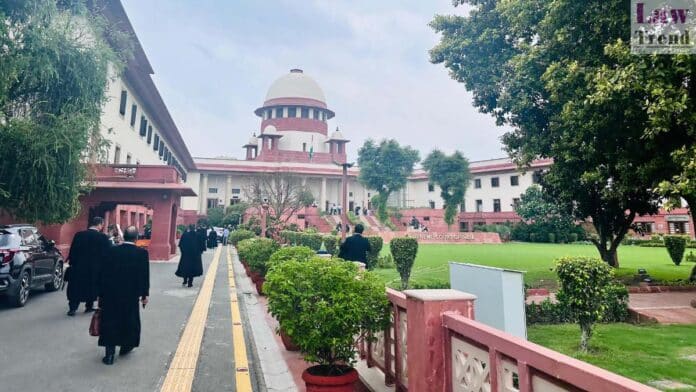In a landmark judgment, the Supreme Court of India has reaffirmed the principle that common intention among accused persons can develop in an instant, dismissing arguments that such intention must be premeditated. The court also held that the non-examination of independent witnesses does not weaken the prosecution’s case if the testimonies of other witnesses, particularly
To Read More Please Subscribe to VIP Membership for Unlimited Access to All the Articles, Download Available Copies of Judgments/Order, Acess to Central/State Bare Acts, Advertisement Free Content, Access to More than 4000 Legal Drafts( Readymade Editable Formats of Suits, Petitions, Writs, Legal Notices, Divorce Petitions, 138 Notices, Bail Applications etc.) in Hindi and English.




